According to the draft Law on Amendments and Supplements to a number of Articles of the 2019 Law on Education , post-secondary students will study both general and vocational education. This regulation aims to expand study options, link streaming with vocational training, meet the needs of practical human resources and remove barriers between levels of education and types of training.
More choices for learners
According to the provisions of the draft, vocational high schools are vocational education institutions organized under different names including vocational high schools, technical high schools, art high schools and other high schools suitable to the field or group of training occupations.
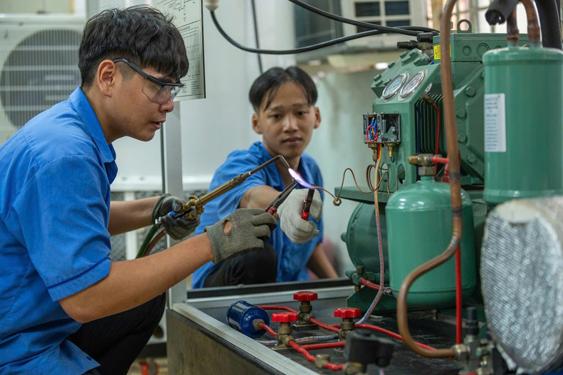
The Law on Amendments and Supplements to a Number of Articles of the 2019 Education Law will help learners have more choices about their learning path. Photo: HUE XUAN
Minister of Education and Training Nguyen Kim Son affirmed that the vocational secondary school model at the same level as high school aims to promote the effectiveness of streaming and career guidance, contributing to the universalization of high school education while providing young human resources with vocational skills for national development. The addition of vocational secondary schools also aims to complete the national education system in the direction of increasing the connection between high school education and vocational training. With the new model, students after junior high school have more options - to continue studying the high school program and learn vocational skills. This is a new model to improve the effectiveness of streaming students after junior high school, especially for specialized specialized training, including the field of art.
Dr. Hoang Ngoc Vinh, former Director of the Department of Vocational Education - Ministry of Education and Training, said that this is a "remarkable turning point" in the work of student streaming after junior high school. For a long time, our system has eliminated a clear intermediate vocational level between junior high school and college. The intermediate level is considered a solution to "fill the gap" in the education system, but because it teaches both culture and vocational training without connection, it has not achieved the desired results. Moreover, this level is not recognized as an independent level of education in the education system of most countries in the world . According to Mr. Hoang Ngoc Vinh, Vietnam used to have a vocational secondary school model, but for many reasons, this model stopped after 1998. Therefore, bringing vocational secondary school back into the law this time is an adjustment in the right direction, restoring a true technical - vocational secondary level, clearly identified, interconnected and linked to the labor market, in line with international trends.
Dr. Hoang Ngoc Vinh said the greatest significance of the vocational high school model is to open up parallel and equal learning paths. Every year, more than 1 million students graduate from junior high school, but not everyone wants or is qualified to study high school. Vocational high school helps students study both general education and vocational training while still having a high school diploma to continue studying or go to work early.
Reduce exam pressure
Chairman of the National Assembly's Committee on Culture and Society Nguyen Dac Vinh suggested that it is necessary to determine the position of vocational secondary education in the system of levels/qualifications of the national qualification framework of Vietnam. At the same time, clarify the regulations on integration between core knowledge of the high school program and vocational expertise in the vocational secondary education program. Clearly specify the input standards, training time, and output standards of the intermediate program and vocational secondary education program to facilitate streaming and connection with higher levels; clarify the regulations on vocational secondary school graduation exams.
The draft law also removed the provision on granting junior high school diplomas, replacing it with the principal confirming the completion of the curriculum. This provision is considered suitable for the context of universalizing education to junior high school, simplifying administrative procedures, reducing exam pressure for students, and at the same time being in line with international practices.
The authority to grant graduation certificates was also amended, transferred from the director of the Department of Education and Training to the principal; abolished the regulation that the head of the specialized education agency under the People's Committee at the district level grants junior high school graduation certificates; assigned the head of the institution implementing the junior high school education program to confirm the transcript of the program completion; reduced the administrative workload for the state management agency on education, and increased autonomy for educational institutions.
November has a plan for a unified set of textbooks
The draft law is amended and supplemented in the direction of stipulating that the State provides a set of textbooks for uniform use nationwide. At the same time, the Government stipulates free textbooks for students; and implements appropriate socialization solutions for textbooks.
Minister Nguyen Kim Son said that in order to have a unified set of textbooks used nationwide from the 2026-2027 school year, the Ministry of Education and Training is developing a project to submit to the Prime Minister for approval. The plan for a unified set of textbooks used nationwide will be made as soon as possible by November.
According to the Minister of Education and Training, the compilation, appraisal and promulgation of a unified set of textbooks will be carried out according to a strict and scientific process, inheriting the achievements of the previous stage and overcoming existing limitations and shortcomings...
Source: https://nld.com.vn/them-con-duong-hoc-tap-song-song-binh-dang-19625102321164259.htm




![[Photo] President Luong Cuong holds talks with South African President Matamela Cyril Ramaphosa](https://vphoto.vietnam.vn/thumb/1200x675/vietnam/resource/IMAGE/2025/10/23/1761221878741_ndo_br_1-8416-jpg.webp)
![[Photo] Prime Minister Pham Minh Chinh meets with South African President Matamela Cyril Ramaphosa](https://vphoto.vietnam.vn/thumb/1200x675/vietnam/resource/IMAGE/2025/10/23/1761226081024_dsc-9845-jpg.webp)


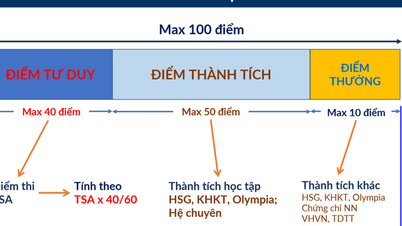

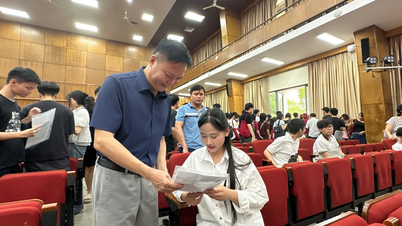

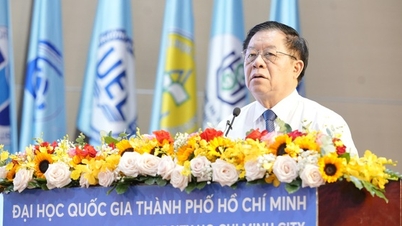
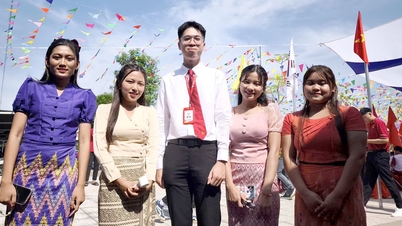

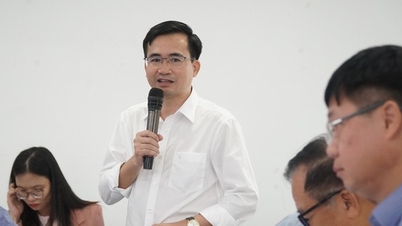
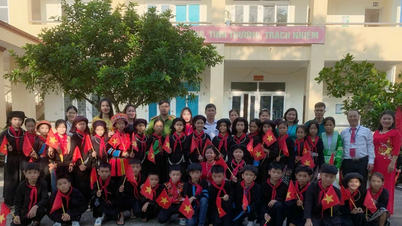





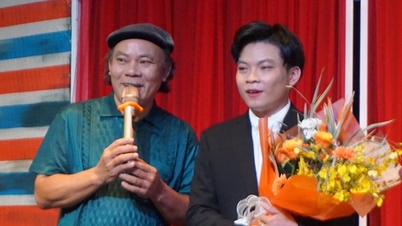


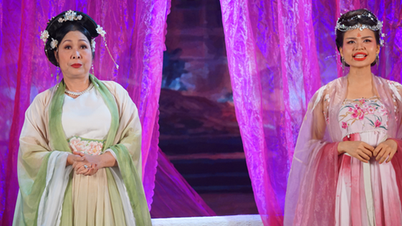



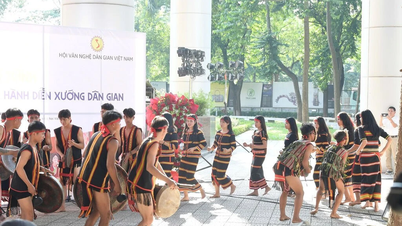









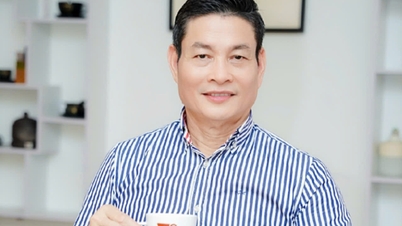

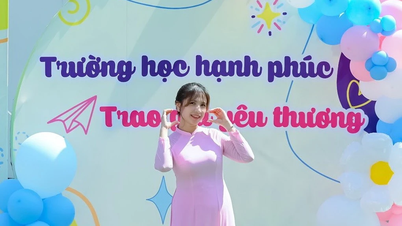


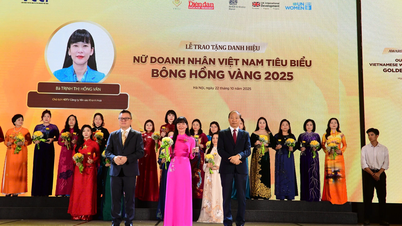

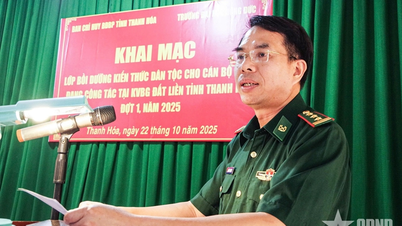





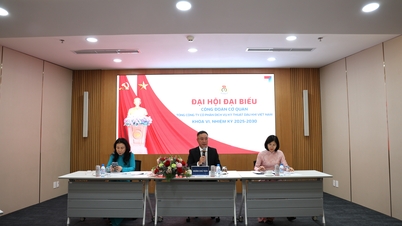


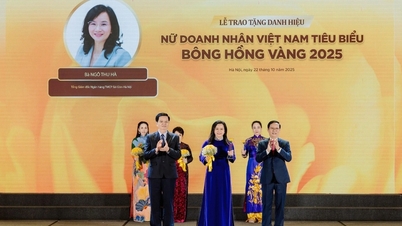
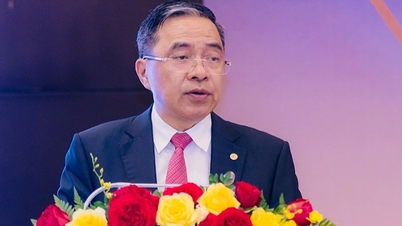






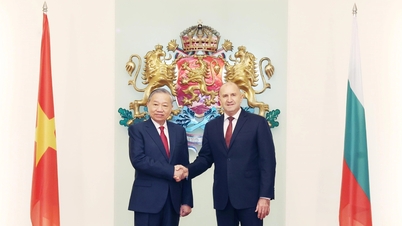


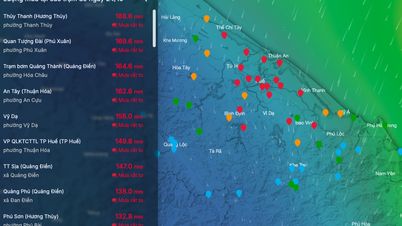
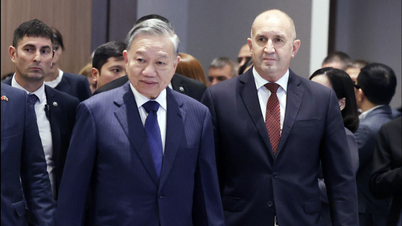

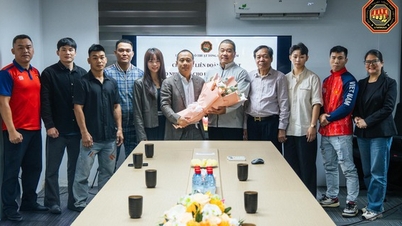

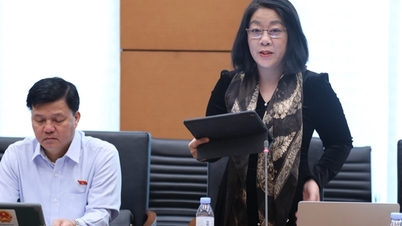
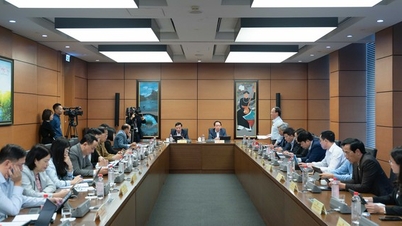
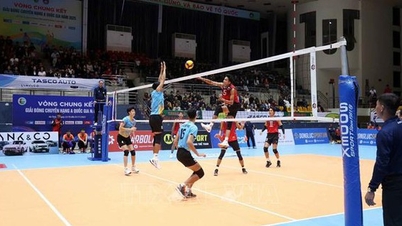
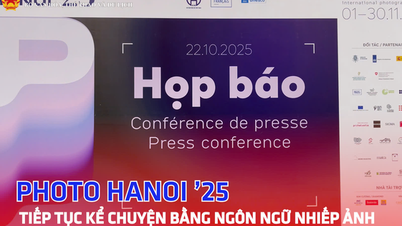

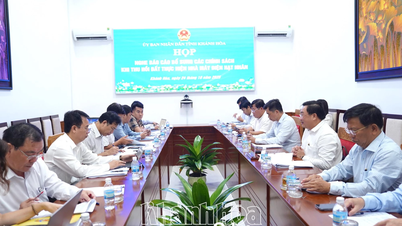
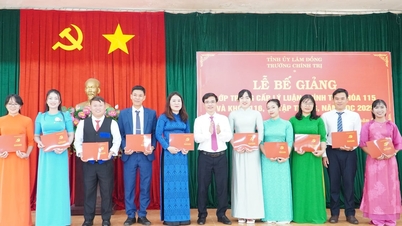

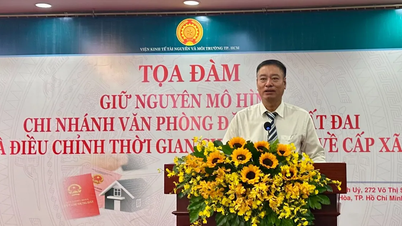



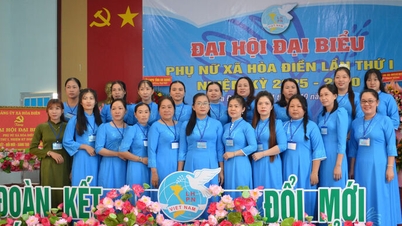















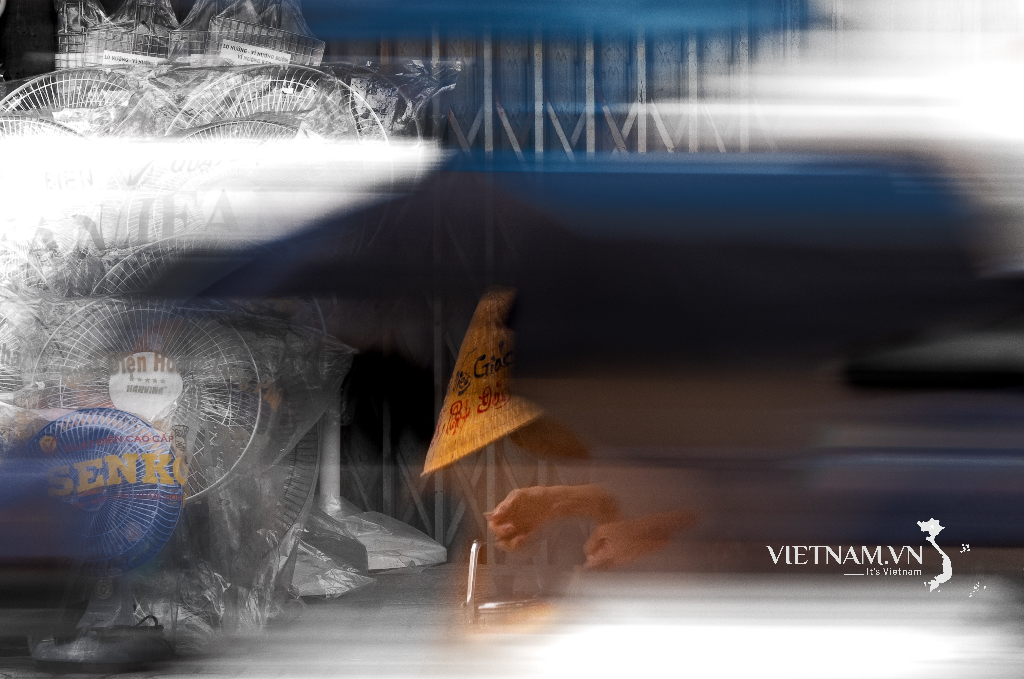
Comment (0)